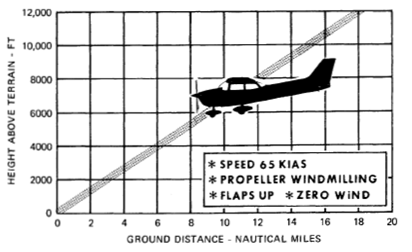Palmpilot
Touchdown! Greaser!
Re: The impossible turn made possible---simulated engine failure from 600' with turnb
The "600 feet below" part of that sentence still doesn't make any sense to me.
Emphasis added:
The "600 feet below" part of that sentence still doesn't make any sense to me.
Last edited:


